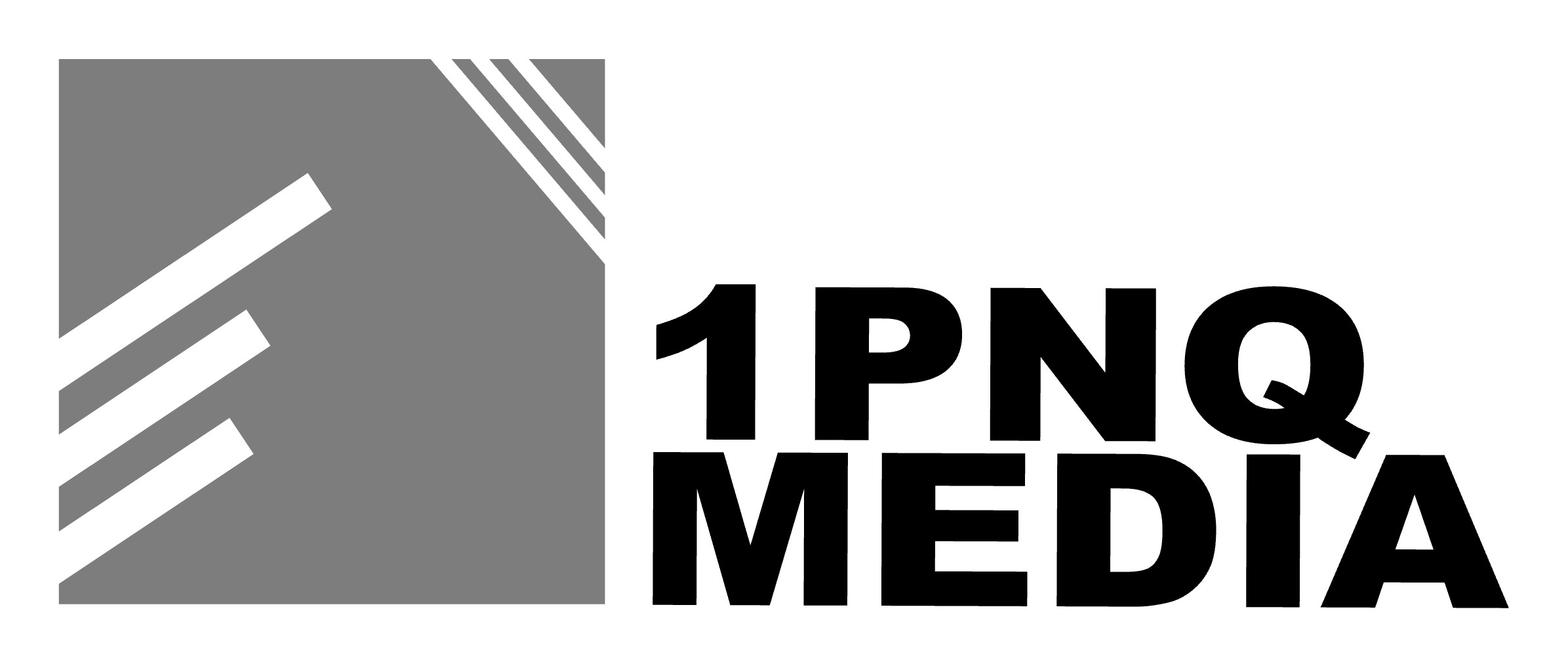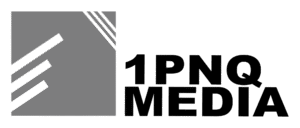Irresistible Offer: How to Make Your Marketing Compelling
Every ad needs a clear purpose. This isn’t about having a grand philosophical point but a specific, actionable objective. This is crucial for measuring, tracking, and ensuring accountability in your marketing efforts. At its core, every ad should include an offer that prompts the audience to take a specific action, be it clicking a link, watching a video, scheduling a call, or making a purchase. This principle of direct response advertising is vital for making your marketing efforts measurable and effective.
Understanding the Threshold Problem
The concept of a threshold in marketing refers to the barrier between asking your audience to take action and them actually doing so. If your offer is too demanding, like asking someone to jump on a 30-minute Zoom call with a stranger, the threshold is too high. People are busy and unlikely to commit to such a significant ask without a compelling reason or established trust.
Instead, you need to lower the threshold and make it easy for your audience to say yes. This is akin to the gradual process of dating. You wouldn’t propose marriage to someone you just met. Similarly, you shouldn’t ask potential customers to commit to something substantial without first building a connection. Start with smaller, less demanding steps. For example, ask them to watch a short video or provide their email in exchange for valuable content. These low-threshold actions are easier for the audience to agree to and help build trust over time.
One-Step vs. Two-Step Lead Generation
The concept of one-step lead generation is straightforward: you run an ad that directly promotes your product or service, expecting immediate purchase. For instance, an ad for a Botox treatment might highlight its benefits and offer a discount, prompting viewers to buy immediately. While this method targets those ready to make a purchase now, it misses the vast majority who aren’t yet prepared to commit.
Two-step lead generation, on the other hand, is a more nuanced and effective approach. The first step involves a low-threshold action that initiates the relationship. For example, instead of directly selling the Botox treatment, the ad could offer a free guide on the benefits of Botox or a video on how it works. This initial offer requires only a small commitment from the audience, such as providing their email or watching a short video.
Once the audience has taken this initial step, they are more likely to engage further. The second step involves nurturing this relationship through follow-up content, such as additional videos, blog articles, or personalized emails. Over time, as trust and familiarity grow, the audience becomes more receptive to larger asks, like scheduling a consultation or purchasing a treatment.
The Power of Two-Step Lead Generation
Social media has made two-step lead generation easier than ever. For example, a business offering Botox treatments could initially run ads providing valuable content, like a free e-book on skincare or a video series on the benefits of Botox. This content attracts potential customers without immediately asking for a significant commitment.
After consuming this content, the audience is more informed and engaged. They are now more likely to respond positively to the next step, such as booking a consultation or taking advantage of a special offer. This method not only builds trust but also filters out those who are genuinely interested from those who are not.
Conclusion
An irresistible offer in advertising is not about making grand promises but about understanding and lowering the threshold for your audience. By starting with small, manageable asks and gradually building the relationship, you can guide your audience towards more significant commitments. Embracing two-step lead generation allows you to nurture potential customers, increasing the likelihood of conversion and creating a more effective, measurable marketing strategy.


No responses yet